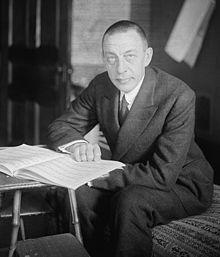One of the music cultures that I will discuss is Progressive rock. Progressive rock is a form of rock music that originated in the 1960's and 1970's. This musical style developed as a result of several rock musicians' attempts to reform rock music. They wanted to go beyond rock music's artistic limitations. As a result, progressive rock music has more complex song structures than the common verse-chorus song structures of rock music. In addition, progressive rock music often blends elements of other musical genres into a single piece.
For this musical culture, I will use the English rock band “Muse” as my example. Specifically, I will be using their song, “Space Dementia”, in my comparison. I chose this song because it contains many aspects that are characteristic of progressive rock (which will be discussed in the analysis). “Space Dementia” was recorded and released in 2001, as part of the album “Origin of Symmetry”. The title of the song refers to a hypothetical mental condition that astronauts experience when in outer space. It is a mixture of feelings of insignificance, insecurity, and isolation from society.

The second music culture that I will be discussing is Romantic music. The Romantic period in music history extends from around 1815 to 1910. Romantic music developed out of earlier forms of music, mainly, Classical music. Composers from the Romantic era attempted to emulate Classical composers, such as: Haydn, Mozart, and Beethoven. They continued composing in the same forms as classical composers, and maintained the same rules of rhythm, harmony, melody, tuning, and harmonic progression. However, Romantic composers sought to innovate and push the limits on structure.
Sergei Rachmaninoff was one of the greatest representatives of the Romantic era. In this investigation, I will be using Rachmaninoff's Piano Concerto No. 2 in C minor, as a comparison to Muse's “Space Dementia”. Rachmaninoff composed this piece during the years 1900-1901. Over time, this piece has proven popular, and is considered to be what helped Rachmaninoff establish his fame.



